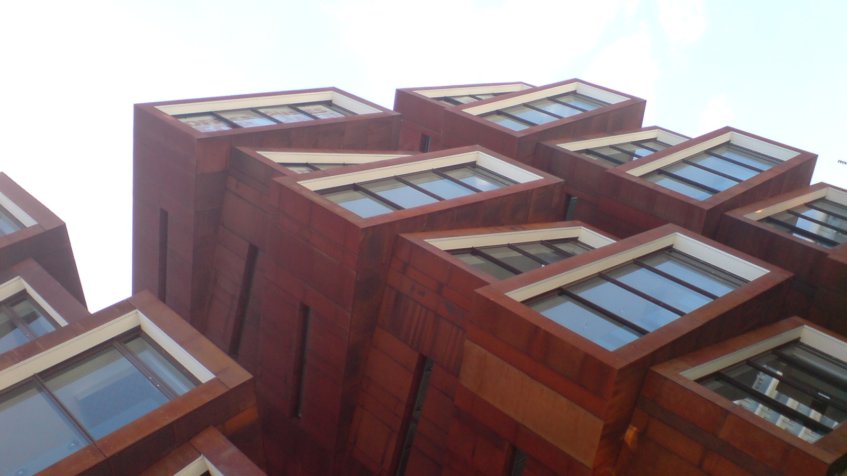As the weather starts to heat up and we look forward to Auckland’s forecast ‘long, hot summer’, it is important to consider some ideas for designing ‘cool’ buildings, i.e. those that aren’t too hot during the summer months.
As Amy Hendry elucidates, ‘We design to trap warmth in winter, but how do we design for cool in summer months?’ Amy goes on to clarify three rules for summer comfort: good insulation to trap heat out (the opposite of winter!), exterior shading to keep sun out, and good cross ventilation for cool airflow through the house.
Ventilation is necessary in buildings to remove ‘stale’ air and replace it with ‘fresh’ air, helping to moderate internal temperatures, reducing the accumulation of moisture, odors and other gases that can build up during occupied periods, and creating air movement which improves the comfort of occupants.
Similarly, external shading prevents solar access and so helps to keep a building cool. Providing shade over building openings and outdoor spaces can reduce temperatures and save energy. There are many options for external shade. It’s important that each is designed to take account of the sun paths at the site at different times of the year. To be effective, external shading must be considered along with other passive design features such as location, orientation and layout, and window size and placement.
Eaves or other fixed overhangs are the simplest way to provide protection against solar gain and must be sized correctly to exclude summer sun but still admit winter sun. To this end, verandas and pergolas provide excellent shade. Deep verandas are particularly good for shading east and west facing elevations although they will still admit very low angle sun. They can be used in combination with planting or screens to filter sun, and pergolas covered with deciduous vines provide very good seasonal shading
Finally, good insulation acts as a barrier to heat flow and is essential for not only keeping a home warm in winter but also cool in summer. A well-insulated and well-designed home provides year-round comfort, cutting cooling and heating bills by up to half. This, in turn, reduces greenhouse gas emissions. Insulation should also cater for seasonal as well as daily variations in temperature. Four Walls Architecture specializes in residential architecture in Auckland, so you can trust them to really understand Auckland’s conditions.
































